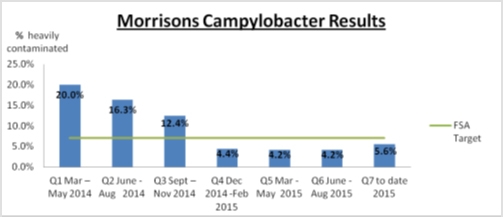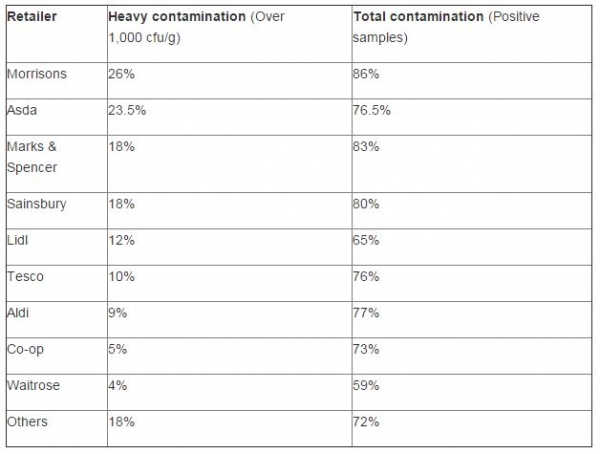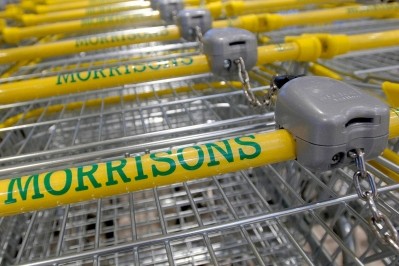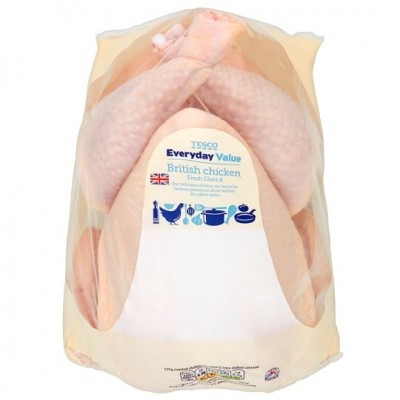Morrisons probes campylobacter data conflict
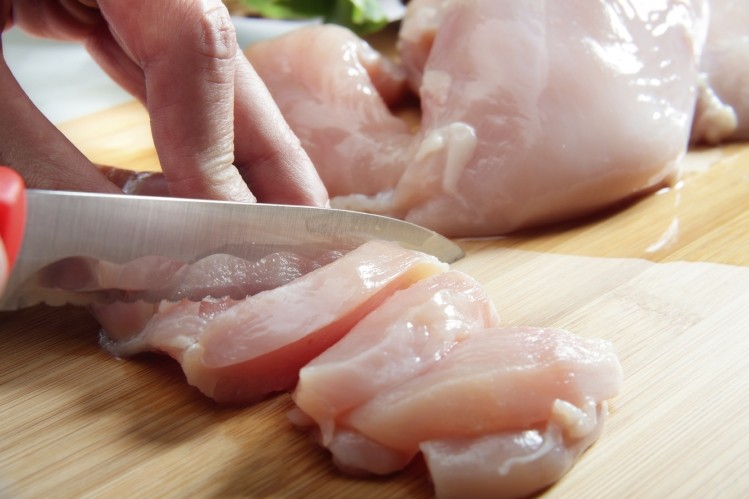
The FSA survey, between July and September, found that Morrisons was the retailer with the highest levels of campylobacter in fresh chickens, with 26% of samples shown to be heavily contaminated.
But the supermarket said its own test results for the whole of 2015 showed that on average only 4.8% of its chickens had high levels of contamination, well below the 7% industry target.
‘Own testing programme’
“We have been working hard with our suppliers to reduce the incidence of campylobacter and recent results from our own testing programme have met the FSA target,” a Morrisons spokesman said.
“The FSA results are different from our own testing and we are working closely with them to understand why the difference has occurred.”
In response to the discrepancy, a FSA spokesman said there were several reasons why data collected by industry and their own data may show differences.
‘Different sampling strategy’
“For one, the sampling may have been performed in different months and through a different sampling strategy,” he said.
“A very important difference is represented by the different laboratories examining the chickens.
“Laboratory methods and instruments vary among laboratories and culturing a very difficult bacterium, such as campylobacter, may explain some of the disparities in the data sets.”
In May, the FSA congratulated Morrisons on its progress and verified test results showing a high contamination level of just 2.3% between January and April.
At the time FSA director of policy Steve Wearne said: “This is very welcome news from Morrisons and goes to show that campylobacter levels on chicken can be significantly reduced by targeted interventions across the production process.”
Chicken is judged to be heavily contaminated if there are more than 1,000 colony forming units of campylobacter per gram (cfu/g).
This is the highest band of contamination, while two other bands correspond to less than 100 cfu/g and between 100 and 1,000 cfu/g.
